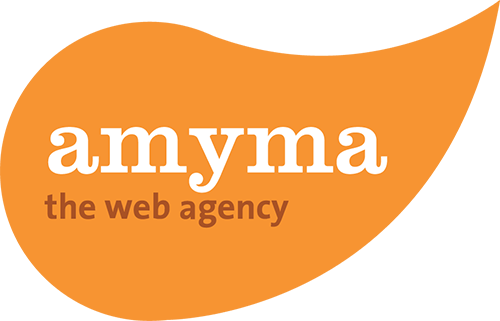For everything there are rules - etiquette, laws and physics. Everything follows principles, whether these have been given from nature – see physics- or as created by man, such as social rules. In web design there are also principles. One of these codes is the “inclusive design” of which web designers often make use. We want to share today what it is all about.
It should be noted first that inclusive design is not limited to web design but can be applied to many topics. Since web design responds and should respond to people, the principles of inclusive design are very well applicable to this area.
As a first point, the word "inclusive" should be considered. Translated it means much more than included. The aim of inclusive design is, therefore, to integrate by the design as many people in the featured product - in our case, of course, websites. We want to remind ourselves of the following principles as to which points this type of design includes.
Accessibility
One of the biggest tag words is "accessibility". In particular, at sites the user has to be assured that they can find his path via the interface. This must function independently of the familiarity of the user with the internet. It must be just as accessible for the internet newbie as for a veteran of the World Wide Web.

Source: https://www.google.com/
Google is the epitome of accessibility - the message of the pages could not be shown more clearly
However, in this case care must be taken that it does not destroy the experience for the knowledgeable users. Too much help should not be built-in. This can be handled so that the website explains itself - which is definitely easier said than done.
It is often not easy to finding the right balance. Another indicator of how a website should be designed, is the target group. When a shop commits to a certain type of product, it is perfectly okay to use product-related terms, even if not everyone knows them. Since the shop has specialised themselves, they are likely to be found only by the addressed target group.
The choice of language
The language that is used should, address as many as possible. This includes, of course, that the words should be understood by a large public. Simple statements are to be preferred here also. They must be clear and distinct.
Simple and intuitive
These principles go hand in hand with the accessibility. In order to make optimum use of a website and to be able to navigate, the interface and menus must be made simple and intuitive. Many users shy away from when a page has too many sub-menus or a header with ten points. Here, less is often more.
Feedback
It is important to communicate when something has been changed on a website or something was done. The user always has to get the right feedback for their actions. Even if something went wrong, you have to guide the user clearly and in a visual manner. The best example is Error 404, which everybody has come across at some point.

Source: http://www.amazon.com/
amazon manages, despite the abundance of their provision offer a limited menu offering.
Is the contact form correctly filled in or has the user forgotten something? Was a link ever clicked? Such small tricks help with orientation and often save time. The user will be grateful for it and enjoy the experience better. Thus, this loyalty develops into a web provision.
Consistency
The top priority for the consistency of a website is the logic behind the web design. When the menus are structured with a certain logic, it must permeate the entire menu design. The sidebar should be clearly evident as such. Repetitions should be avoided.
The following should be paid attention to when a web site is revised. If the users have any familiarity with the old provision, they are often overwhelmed and shy away from returning to the page. Here are a few familiar elements that can be used to help the traditional visitors overcome their awe of the new.
Conclusion
Of course, there are more principles to observe. However, we have presented the most important pillars of inclusive design. The lessons that can be drawn from it are extremely diverse and applicable to many areas.
In web design, these points can assist creating a better experience for the user and should always be the top priority for web designers. They are of course not set in stone and it should even be decided when it is necessary to break one of these conventions. However, in general they provide good guidelines, which will help in the finishing of a website.





